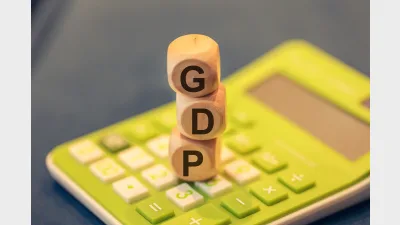ETFs superior to futures over longer term: State Street


Institutional investors looking for longer-term exposure to Australian equity markets may find exchange-traded funds (ETFs) more cost effective than futures contracts, says State Street.
Currently, many superannuation funds are holding their exposure to Australian equities through futures contracts - typically through an external manager - and rolling them over every three months, according to State Street Portfolio Solutions vice president Michael Putica.
"Many of our clients have them there for liquidity purposes. And the question came up: does this make sense for a lot of the super funds, because they're giving up a lot in regards to franking credits," said Putica.
According to a State Street Global Markets report comparing the benefits of ETFs and futures, Australian equity ETF investors can utilise franking credits associated with dividends since the vehicle is backed by a physical stock.
"Funds have been paring back and realising that there are opportunity costs of holding exposure in futures, because they are missing out on something - particularly with Australian equities, because of the franking credits," said Putica.
"Additionally, capital gains from ETFs can also receive favourable tax treatment against futures," according to the report.
The State Street report compared State Street's SPDR S&P/ASX 200 ETF with the ASX SPI 200 Index Futures Contract, and found the tracking error was much higher for futures (50 basis points) than the ETF product (10 basis points).
Institutional investors can also lend out their Australian equities ETF holding to other investors to generate extra income, said Putica.
Although the State Street analysis only looked at the one ETF, Putica said the points about franking credits and capital gains could be generalised to all Australian equity ETFs.
Recommended for you
Economic growth was weaker than expected, once again highlighting an economy largely sustained by population growth and government spending.
In this latest edition, Anna Shelley, CIO at AMP, shares the fund’s approach to current market conditions and where it continues to uncover key opportunities.
The mega fund has announced a $2.2 billion investment in a leading data centre platform, bringing its global real assets portfolio to nearly $60 billion.
In this latest edition, Australian Retirement Trust’s head of global real assets Michael Weaver explains the fund’s approach to finding new opportunities as it surpasses $300 billion in funds under management.













